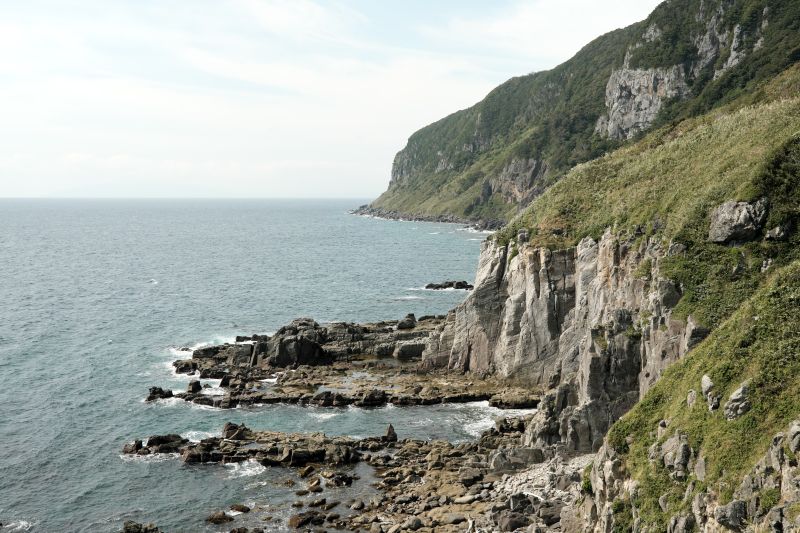
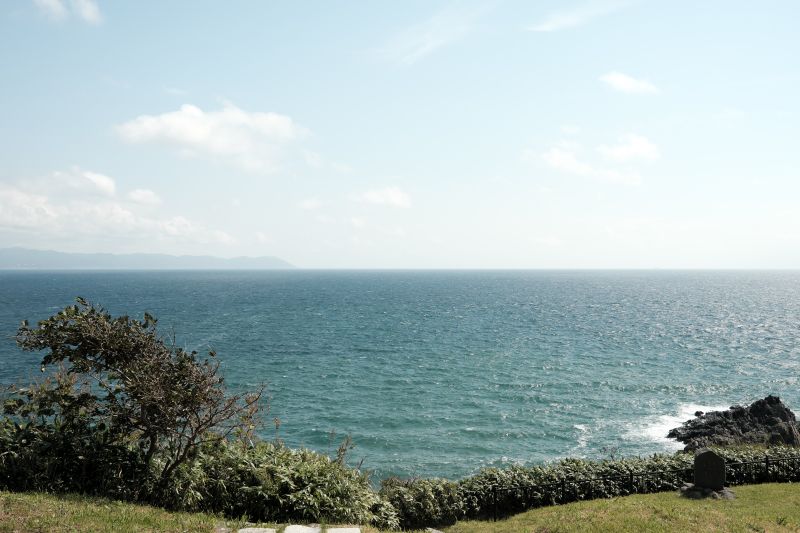
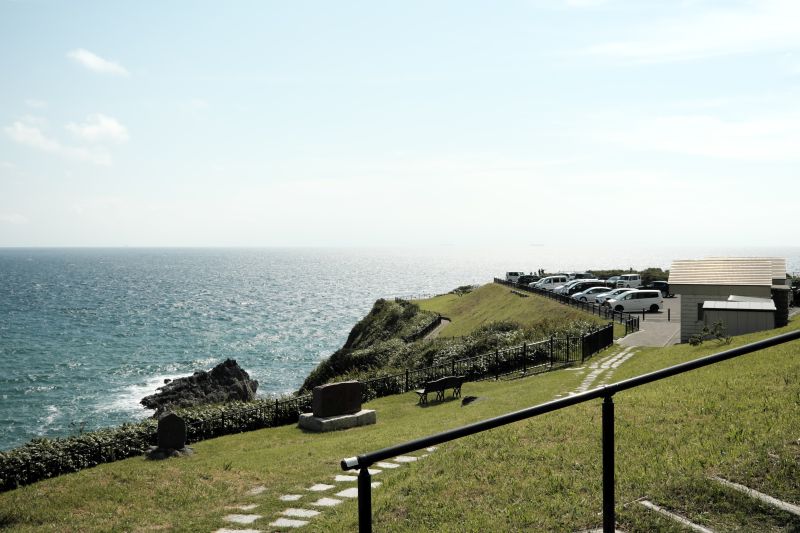
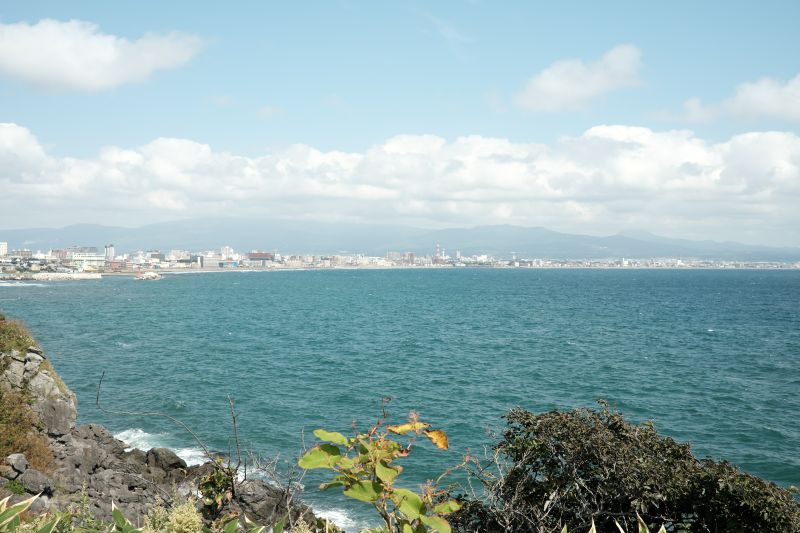
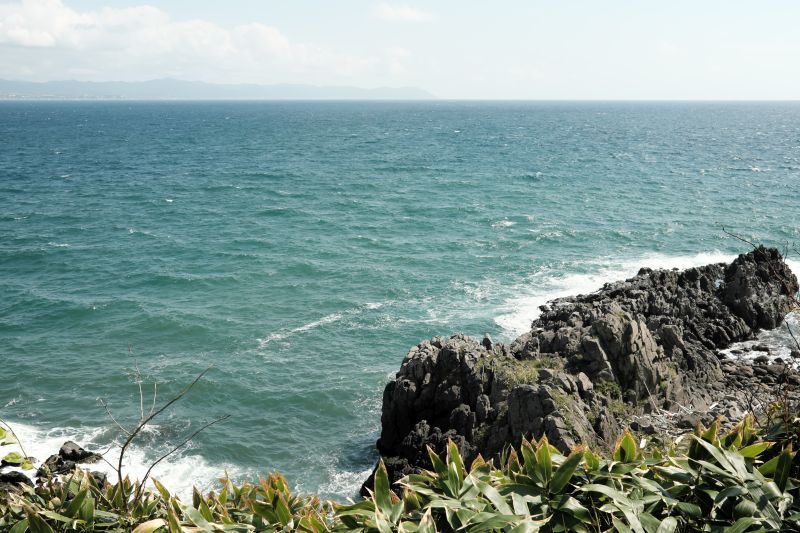
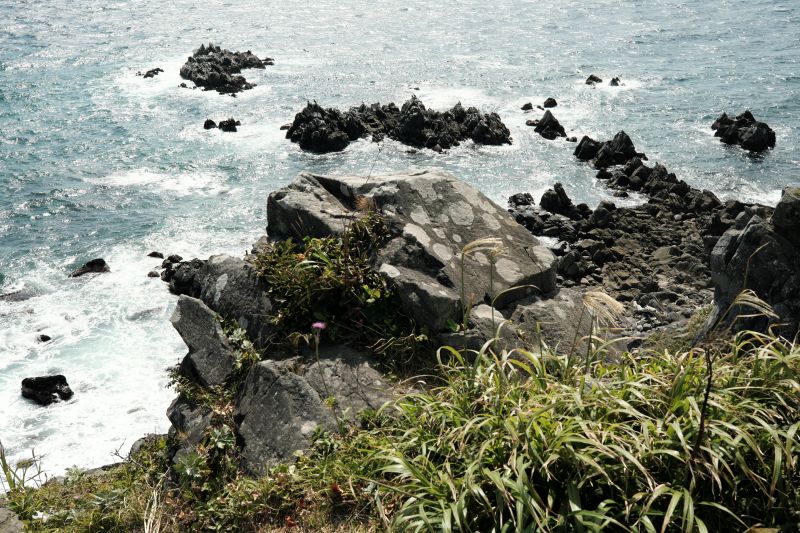
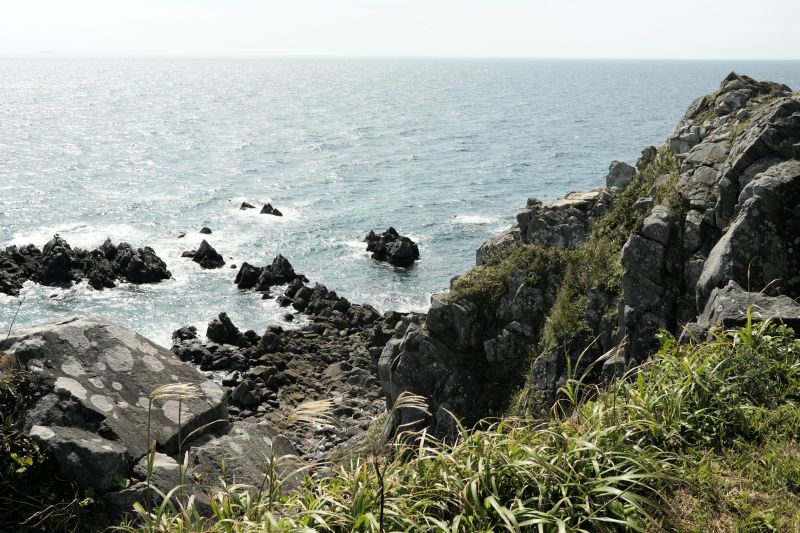
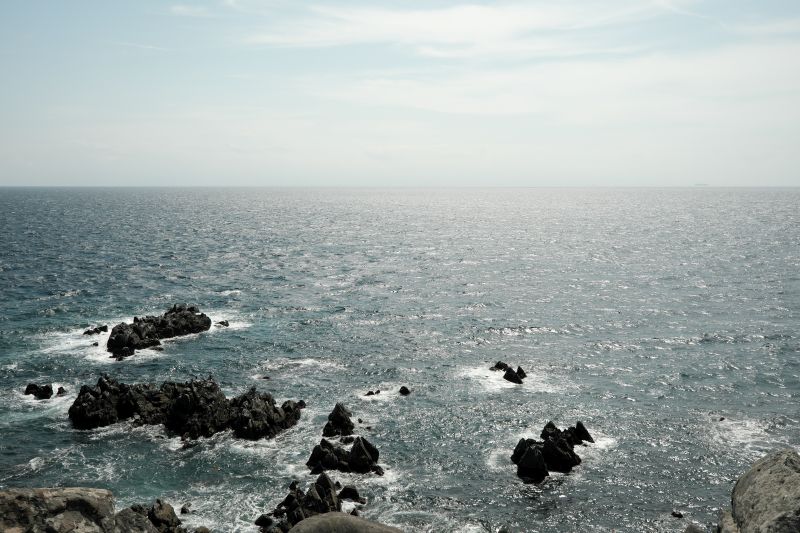
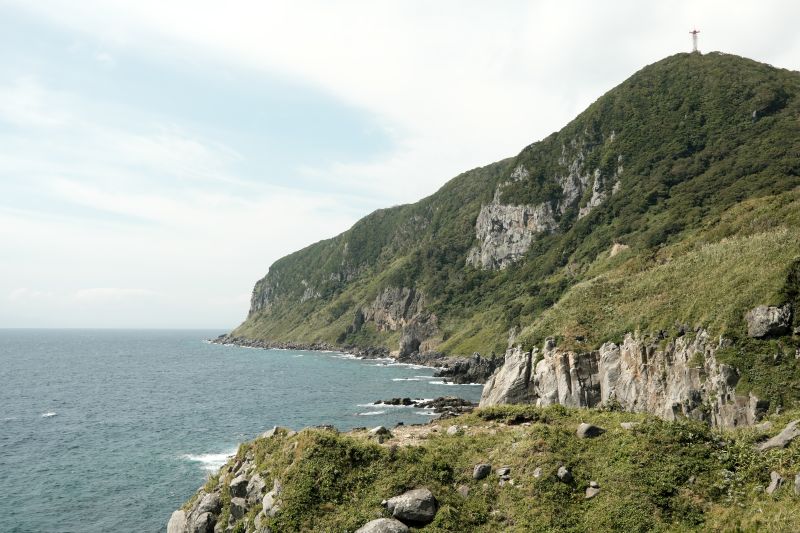
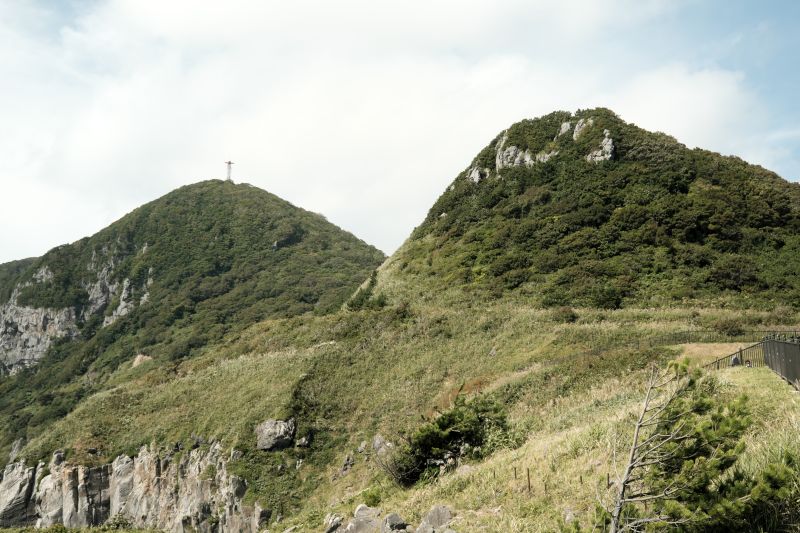
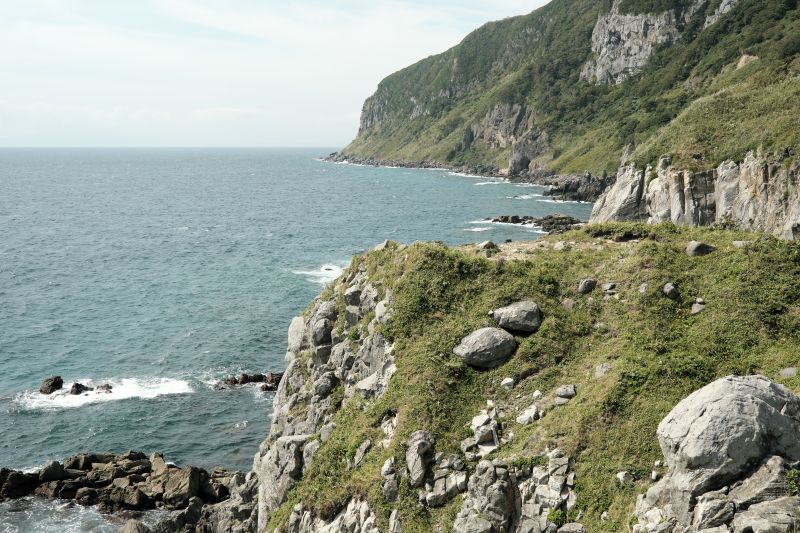
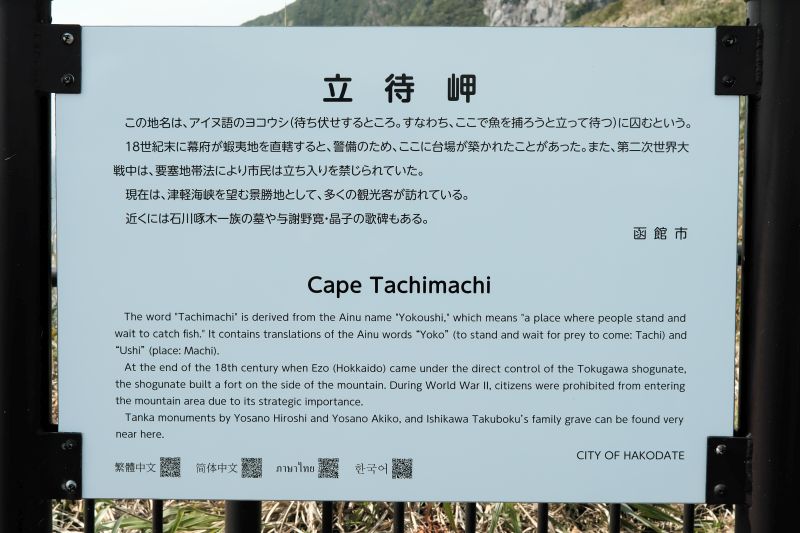
立待岬
函館市
この地名は、アイヌ語のヨコウシ(待ち伏せするところ。すなわち、ここで魚を捕ろうと立って待つ)に囚むという。
18世紀末に幕府が蝦夷地を直轄すると、警備のため、ここに台場が築かれたことがあった。また、第二次世界大戦中は、要塞地帯法により市民は立ち入りを禁じられていた。
現在は、津軽海峡を望む景勝地として、多くの観光客が訪れている。
近くには石川啄木一族の墓や与謝野寛・晶子の歌碑もある。
Cape Tachimachi
CITY OF HAKODATE
The word “Tachimachi” is derived from the Ainu name “Yokoushi,” which means “a place where people stand and wait to catch fish.” It contains translations of the Ainu words “Yoko” (to stand and wait for prey to come: Tachi) and “Ushi” (place: Machi).
At the end of the 18th century when Ezo (Hokkaido) came under the direct control of the Tokugawa shogunate, the shogunate built a fort on the side of the mountain. During World War II, citizens were prohibited from entering the mountain area due to its strategic importance.
Tanka monuments by Yosano Hiroshi and Yosano Akiko, and Ishikawa Takuboku’s family grave can be found very near here.

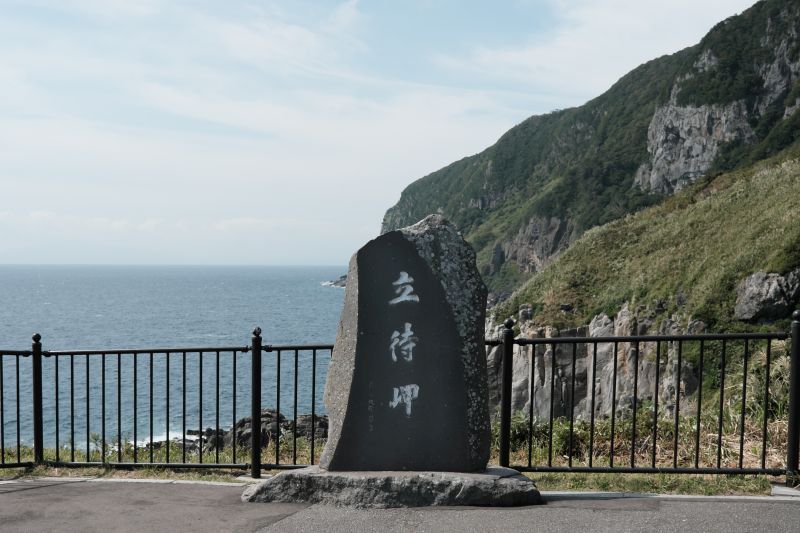


コメント